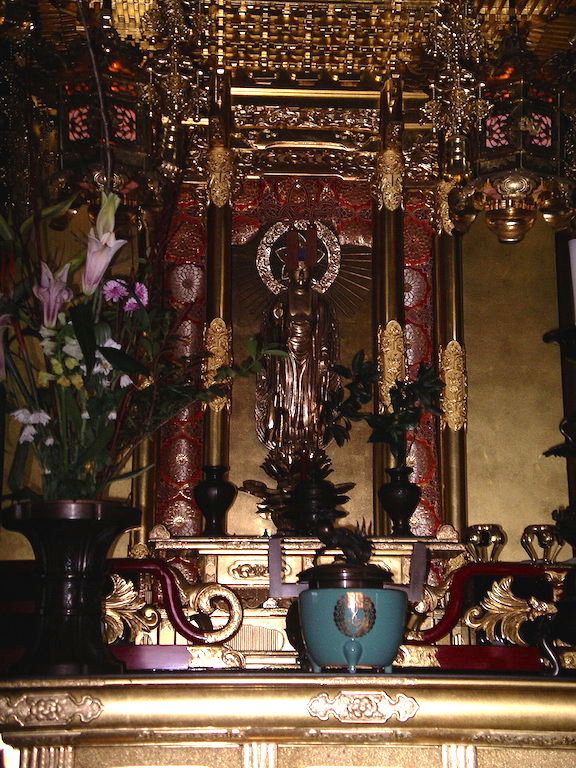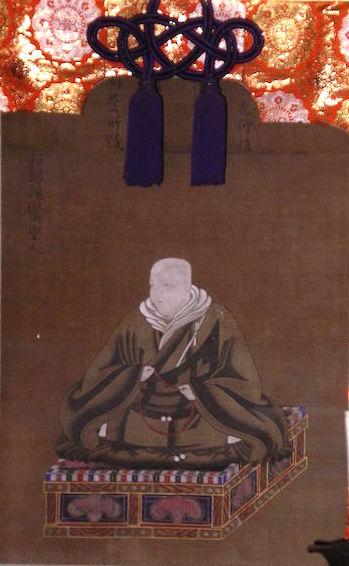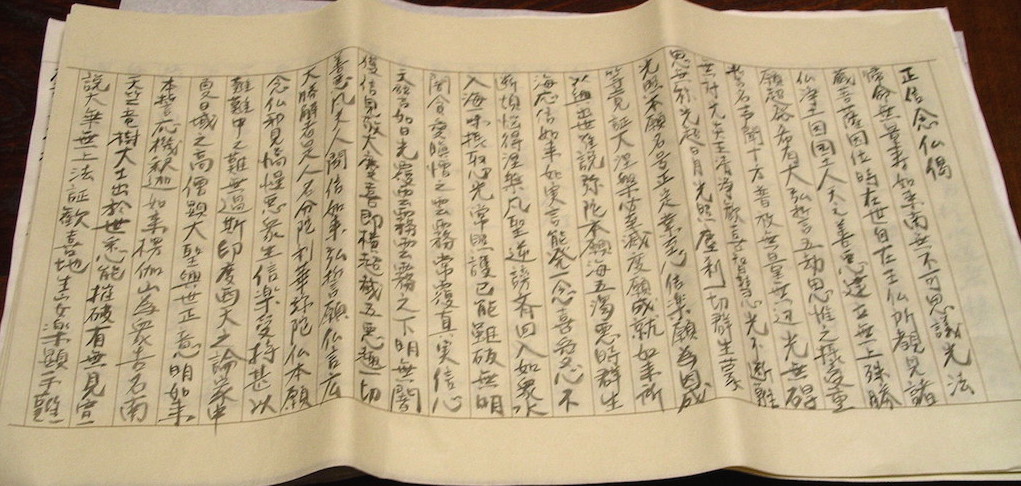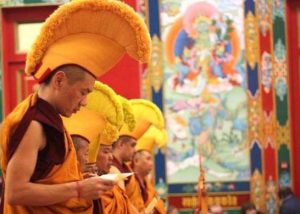The so-called sectarianism of Buddhism in Japan has enabled Pure Land Buddhism to develop as a quasi-independent tradition within Buddhism. One of the central figures of Pure Land Buddhist thought and rhetoric in Japan is Shinran (1173–1263), the founder of “True Pure Land Buddhism” (J. Jodo Shinshu), also referred to as “Shin Buddhism.” While Shinran’s writings are extensive, popular thought and many English-language publications identify the Tannisho, which was authored after Shinran’s death by his disciple Yuien (1222–89), as representative of Shinran’s thought.
To the Anglophone audience, the thought presented in this little booklet is appealing for its obvious simplicity and what is perceived to be a similarity to mainstream Christian theology. As a matter of fact, when I teach the Tannisho to my students at Luther College, they find more correlations between this text and the theology of Martin Luther than with early Buddhist thought. While this seeming affinity between Shinran and Luther is partly due to a decontextualized reading of the text, even scholars like Paul O. Ingram (1971) and Alan L. Kolp (1976) have made similar observations in the past. In this essay, I would like to introduce some of the major themes raised in the Tannisho.
The basic framework introduced in the Tannisho rests on the 48 vows of the Sutra of Immeasurable Life (T. 12.360). It refers to the 18th of these vows, which promises birth in the Pure Land to everyone who calls the name of Amitabha Buddha (J. Amida) at least ten times, as the “primal vow” (J. hongan). Concretely, the Tannisho suggests that “when we entrust ourselves to the inconceivable power of Amida’s compassionate vow which saves us to deliver us from birth-and-death and when we realize that the saving of nembutsu [the phrase ‘I entrust myself in the name of Amida’ (J. namu amida butsu)] occurs because of the Tathagata’s working, we are in accord with the Primal Vow and will be reborn in the land of Fulfillment, since our own calculation is not involved” (Tannisho, ch. 11).
Based on this reading of the 48 vows, the Tannisho develops the rhetoric of “other-power” (J. tariki). Key to the release from samsara is the “primal vow.” All Shinran can do is entrust himself in the name of Amida since he is incapable of attaining release from samsara and Buddhahood on his own. Here, the Tannisho echoes the notion popular in the Japan of the 12th and 13th centuries that the “end of the Dharma” (J. mappo), the time of corruption, had arrived. However, the Shinran of the Tannisho applies this idea of complete and utter ignorance and incompetence almost exclusively to himself. This humility and subsequent reliance on Amida lead him to arrive at two stunning conclusions.
First, the Shinran of the Tannisho suggests that he is not sure if trust in Amida and the recitation of Amida’s name have any liberating efficacy. As a matter of fact, what motivates him to trust Amida and to chant the nembutsu is his inability to attain Buddhahood on his own. He exclaims that “since I am absolutely incapable of any religious practice, hell is my only home” (Tannisho, ch. 2). In other words, it is his moral corruption and lack of “self-power” (J. jiriki) that drive him to the practice of the nembutsu. The nembutsu is the practice for those who cannot and do not rely on themselves. It is the practice for the spiritually downtrodden.
Second, and this is more shocking, the Tannisho bluntly states that “even the good person attains birth, how much more so the evil person” (Tannisho, ch. 3). In what appears to be a reversal of common moral norms, the text seems to praise the “evil person.” However, a close reading reveals that the Tannisho does not proclaim permissivism but rather promotes humility. What qualifies the “evil person” for a birth in the Pure Land is not lack of morality but the awareness of their need for other-power. The author of the Tannisho explains in the same chapter that “[s]ince its basic intention is to effect the enlightenment of such an evil one, the evil person who is led to true entrusting by Other Power is the person who attains birth in the Pure Land.”
Despite its apparent praise of the “evil person,” the Tannisho actually reinforces the importance of “morality” (Skt. sila) and admonishes the reader for underestimating the power of karma. To make this point, the author of the Tannisho recalls a story of a person who misunderstood the Pure Land teaching as advocating moral nihilism and intentionally committed evil deeds in order to attain birth in the Pure Land. “When Shinran heard about this, he admonished [this person] in a letter, ‘Do not take poison just because there is an antidote’” (Tannisho, ch. 13). The Tannisho identifies the commitment to a moral life and the nembutsu as equal expressions of the “faithful heart” (J. shinjin ?H??) that entrusts itself to the liberating efficacy of other-power.
The Tannisho constitutes a great spiritual guide for everyone who is struck by the limitations of human morality and understanding. It brings hope to those who are aware of their shortcomings and their need for outside assistance. Its teaching is one of humility and trust in the Sutra of Immeasurable Life, and encourages believers to dedicate their lives to Amida Buddha. This teaching has brought comfort to generations of Buddhists from medieval Japan up to the present day.
Gereon Kopf is professor of religion at Luther College, Iowa, USA.
References
Ingram, Paul O. 1971. “Shinran Shonin and Martin Luther: A Soteriological Comparison.”Journal of the American Academy of Religion. 39 (4): 430–47.
Kolp, Alan L. 1976. “Shinran and Luther: Tow Doctrines of Salvation by Faith Alone.” International Philosophical Quarterly. 16 (4): 341–57.
Taitetsu Unno, trans. 1996. Tannisho: A Shin Buddhist Classic. Honolulu: Buddhist Studies Center Press.
















